Three More Departments
Usually, I go straight into the academics part of my time in India because it occupies most of my time, but this week, I want to tell you about an absurd situation that happened on my way to the hospital. One truck was going the wrong way (it is actually quite common to go the wrong way in India if it means that they could reach their destination faster) and another truck was coming in the opposite direction in the right way. As these trucks were passing each other, they got stuck so there was a lot of traffic on that side of the road. This traffic blocked a railway track that was just a few minutes away from where these trucks got stuck. It was almost unbelievable, and I am glad I was there to see it.
General Surgery
My week started off with watching a surgery that was done on a patient who had a venous ulcer. In this surgery, the skin of the venous ulcer was removed, leaving an open wound. Then, skin grafts were used to repair the area from which the skin was removed; this procedure involved getting thin layers of skin from the thigh and stitching that skin onto this area. This stimulates skin cell growth at the site of the open wound while temporarily protecting the area from damage. This surgery was very interesting to watch because the concepts behind the surgery and the surgery itself seemed fairly simple, but it was clear that the surgery would make a big impact on this patient’s lifestyle.
After the surgery, I went back to the outpatient room of the general surgery department. There, I noticed that some of the patients were asking if their surgeries or treatments would be covered by Arogya Shree. According to a general surgeon, Arogya Shree is a government policy that was set up to help patients of low socioeconomic status by covering expenses of certain treatments. Arogya Shree tends to cover less common and expensive conditions; more common conditions such as appendicitis are not covered. When I asked if medications are regulated properly in India, the doctor said that only anesthetic drugs are regulated; most of the other drugs are given even by word of mouth in a pharmacy. The doctor said that this has not become a notable issue because most people who they see don’t have the knowledge to identify that a particular drug leads to that particular effect.
During my time in India, I have noticed that patients are often prescribed more medications such as antibiotics in not just Santhiram but also other clinics in India than I would expect in the US. When I asked the doctor the reason behind this, he said that the guidelines are not always followed because they don’t always lead to the best results. For example, guidelines on medications that should be given after surgery are most likely written with the consideration that the surgery was done in an aseptic environment; however, many operation theaters in India are usually less sterile so even though guidelines may state that one dosage of antibiotics should be given post-surgery, antibiotics are given for five days to decrease risk of complications. Also, some patients repeatedly ask for medications even if their illnesses (such as cold or fever) would go away with time because they feel more satisfied walking out of the doctor’s office with prescriptions since they paid to visit the doctor. On the other hand, some patients ask why they are given so many medications. So, it is up to the doctor to determine the mindset of a patient so that he/she can be given the most satisfactory treatment.
Pediatrics
Around thirty patients come to the pediatrics department every day, according to a house surgeon. Most common conditions in pediatrics include fever, pneumonia, malaria, and dengue fever. More patients are diagnosed with dengue fever and malaria during the rainy season because people get more mosquito bites during this time. Less common conditions include gastroenteritis, cases of which are higher now because there are more festivals during this time so people tend to eat a lot.
During one of the discussions, a PG student began talking about a new medication that is intended to decrease thumb sucking in children. This medication is bitter and is supposed to be applied to the nails so that when a child sucks his/her thumb, he/she would be less inclined to repeat that behavior because of the bitterness. The doctor was against the drug because he said that it is best if the child learns what is wrong and what is right without the presence of such “marketing gimmicks.” He also began talking about the recent rise in ADHD cases and decreased use of antibiotics in October.
Orthopedics
My last posting of the week was in the orthopedics department. Most common conditions are osteoarthritis, rheumatoid arthritis, lower back ache, and fractures. As far as I could tell, all the patients had to have an X-ray done so patients who came in the morning often revisited the doctor in the afternoon after they got their X-rays so that they could be properly diagnosed and treated. I also got to see a surgery that was done on an old woman with a left femur fracture. The orthopedic doctor who primarily did the surgery said that the surgery took longer because not all of the equipment that would have facilitated the surgery was available; in the US, a drill is used to place screws, but that drill was not available so he had to use a screw that was bigger in size because the screw that was smaller in size would not go through. He said that surgeries here require out-of-the-box thinking because not all of the equipment is available.

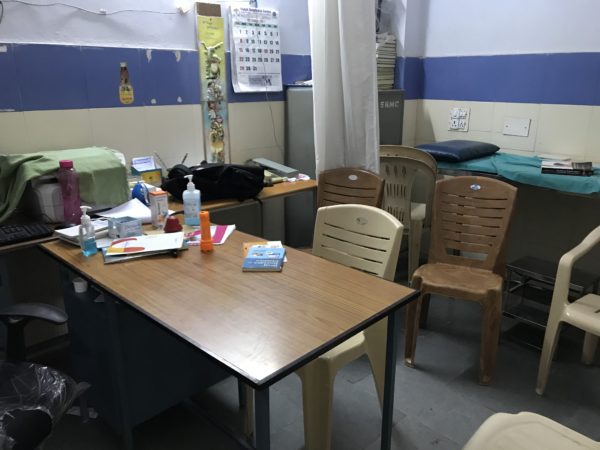
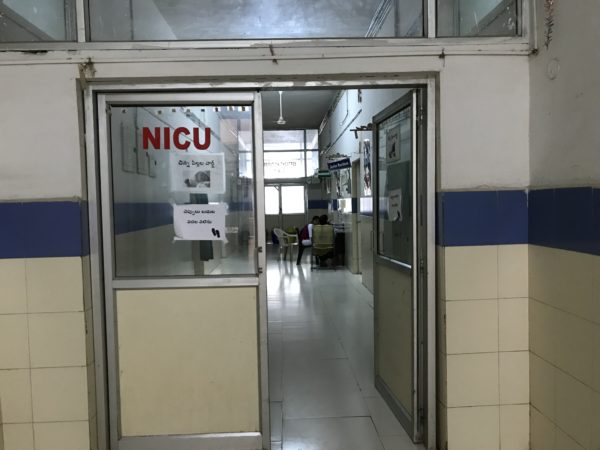
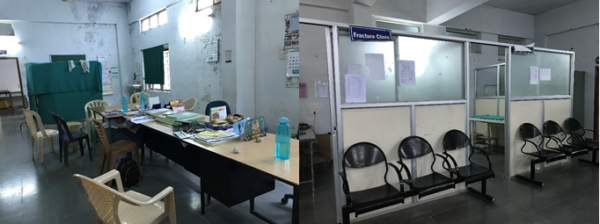
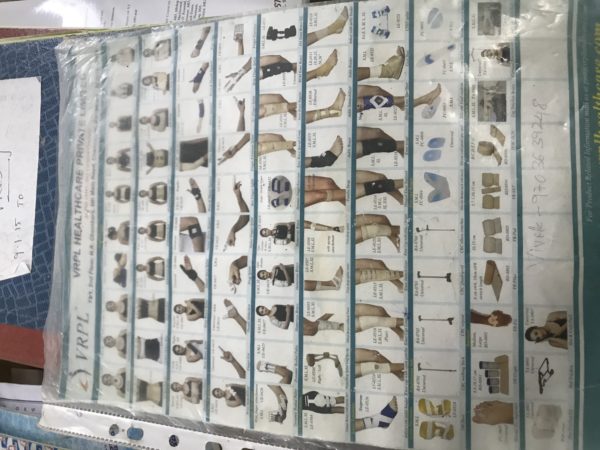


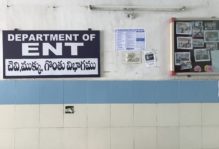
No comments.
Comments are currently closed. Comments are closed on all posts older than one year, and for those in our archive.